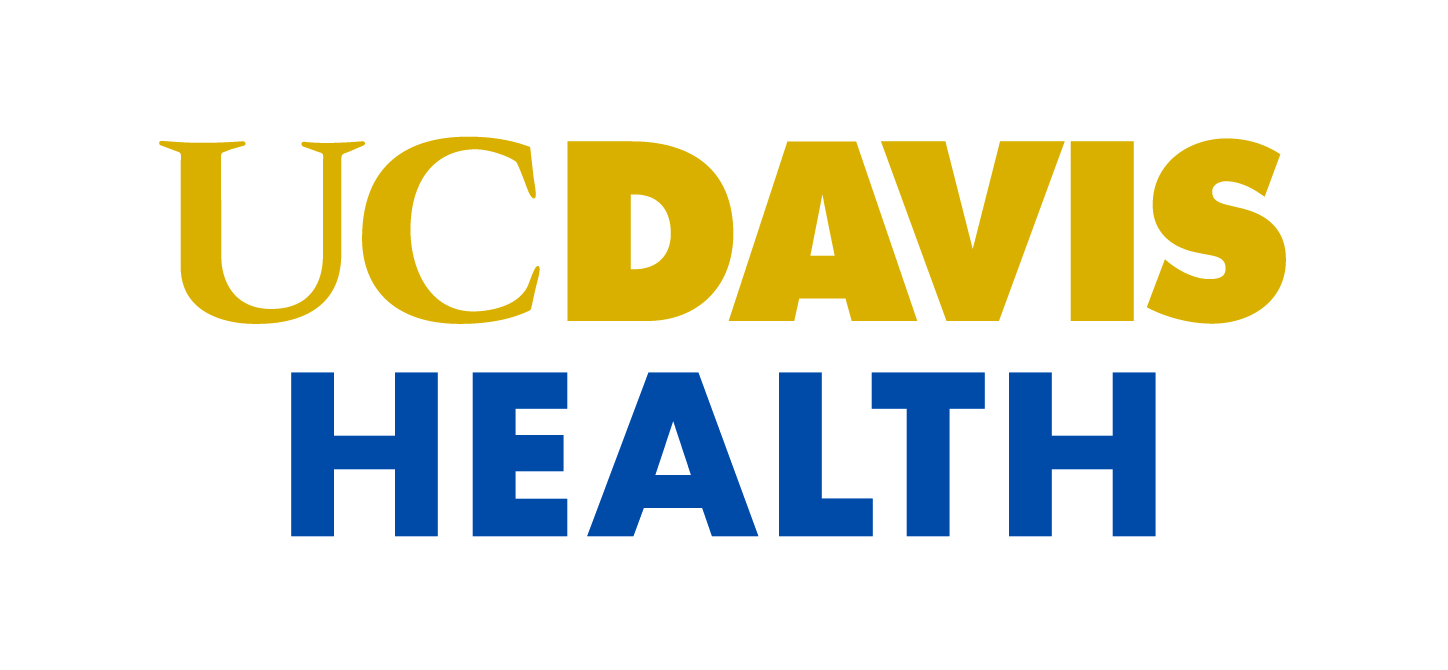Newswise — In a commentary published in the Jan. 4 issue of the New England Journal of Medicine, UC Davis researcher William Murphy expressed cautious optimism about efforts to genetically engineer hematopoietic stem cells (HSCs) to temporarily resist cell death during transplantation. While these gene therapy approaches could dramatically improve patient outcomes, Murphy argues that their risks must be carefully studied in diverse models.
“Stem cell therapies are used for patients who are critically ill or have suppressed immune systems,” said Murphy, a professor in the Departments of Dermatology and Internal Medicine, Division of Hematology/Oncology. “If anything goes wrong, you may have a very bad outcome that you would not have predicted using only a laboratory mouse model.”
Derived from bone marrow, peripheral blood or umbilical cord blood, HSCs can be transplanted to treat a variety of cancers, anemias and other conditions. As a result, developing hardier stem cells could improve care for many patients.
Murphy, who has done extensive research on hematopoietic stem cell transplantation, was asked to comment on a recent study in which researchers had engineered HSCs to transiently resist apoptosis (programmed cell death) resulting in greater engraftment (when the transplanted cells reproduce new cells). By helping HSCs manage the stresses associated with transplantation, more of these cells might survive the process, which also has implications to improve outcomes for patients undergoing other types of stem cell therapies.
“Once you take stem cells out of their normal environment, they start to die,” said Murphy. “When these cells are limited, it can become a major barrier to good therapeutic outcomes.”
However, impairing apoptosis brings potential risks. One of a cancer cell’s many tricks is evading cell death by altering this same pathway.
“Essentially, we’re doing what a cancer cell would do and hoping the body’s other control mechanisms still exist and the stem cells do not become cancerous,” Murphy said.
For these reasons, the current study developed means to allow HSCs to have only a temporary block in the pathway which could enhance the transplant process while minimizing the risks to patients.
“Precision medicine isn’t just better targeting,” said Murphy. “It’s also controlling the targeting so it isn’t always on or always off. Inducing a transient alteration to the stem cell may be the best approach.”
Murphy said that while the researchers present a promising application for gene therapy, it is important to remember earlier, heartbreaking clinical disasters in which patients died, which delayed these treatments for many years. Rather than risk repeating history, he argued, scientists and clinicians must be exceptionally diligent before transplanting engineered HSCs into patients.
In particular, he is concerned that the laboratory mouse model cannot provide enough precise data to completely assess potential risks to human patients.
“Whenever you use the mouse as a preclinical model and you don’t see cancer, you have to be careful concluding that there is no risk, as mice do not commonly get human cancers,” said Murphy. “If you rely on the mouse, it could underestimate adverse events, so you need to ‘push’ the model to better reflect the human scenario.”
Murphy is hopeful that HSCs with transiently-impaired cell death mechanisms can provide great benefits for patients, even potentially for organ transplants. But there’s still a lot of work to do.
“These studies are promising, but they need to be more stringently assessed since that is the advantage of the mouse models and to possibly validate them in larger animals, before we rush into the clinic.”
